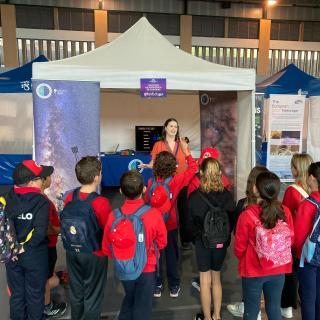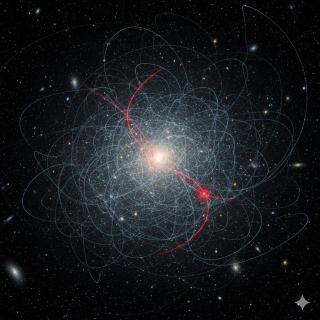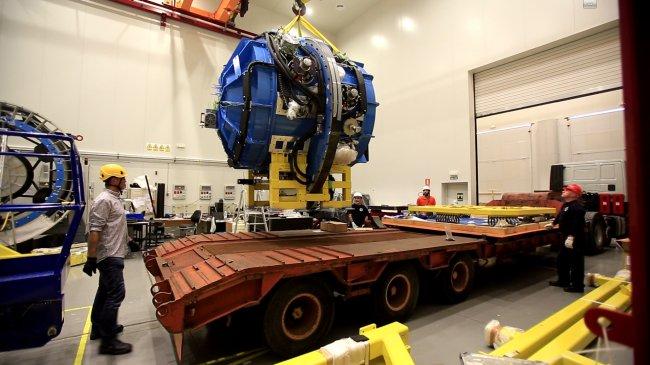It may interest you
-
 The Instituto de Astrofísica de Canarias (IAC) is once again participating in the Miniferias de la Ciencia y la Innovación en Canarias, reinforcing its commitment to popularising science and bringing astronomy closer to the Canarian public. Through its Scientific Communication and Culture Unit (UC3), the research centre is taking part in the activities organised in La Palma from 22 to 24 May. Become astro-detectives for a day Astrophysicists and popularisers Alfred Rosenberg and Alejandra Goded lead the activity ‘Astro-detectives: How do astrophysicists study the Universe?’, an interactiveAdvertised on
The Instituto de Astrofísica de Canarias (IAC) is once again participating in the Miniferias de la Ciencia y la Innovación en Canarias, reinforcing its commitment to popularising science and bringing astronomy closer to the Canarian public. Through its Scientific Communication and Culture Unit (UC3), the research centre is taking part in the activities organised in La Palma from 22 to 24 May. Become astro-detectives for a day Astrophysicists and popularisers Alfred Rosenberg and Alejandra Goded lead the activity ‘Astro-detectives: How do astrophysicists study the Universe?’, an interactiveAdvertised on -
 The Instituto de Astrofísica de Canarias (IAC) announces the death of its founding director, Professor Francisco Sánchez Martínez, whose determination led to the creation of one of Europe's leading research centres and two of the world's finest astrophysical observatories: the Teide Observatory in Tenerife and the Roque de los Muchachos Observatory in La Palma. He passed away today in Madrid, where he had been living for the last few years, at the age of 89. The director of the IAC, Valentín Martínez Pillet, emphasises that "Professor Sánchez's legacy is incalculable. He was a man who pavedAdvertised on
The Instituto de Astrofísica de Canarias (IAC) announces the death of its founding director, Professor Francisco Sánchez Martínez, whose determination led to the creation of one of Europe's leading research centres and two of the world's finest astrophysical observatories: the Teide Observatory in Tenerife and the Roque de los Muchachos Observatory in La Palma. He passed away today in Madrid, where he had been living for the last few years, at the age of 89. The director of the IAC, Valentín Martínez Pillet, emphasises that "Professor Sánchez's legacy is incalculable. He was a man who pavedAdvertised on -
 Ultra-faint dwarf galaxies, among the tiniest and faintest galaxies known, may hold the key to understanding one of the Universe’s biggest mysteries: the true nature of dark matter. A new study reveals that even a single collision between dark matter particles every 10 billion years — roughly the age of the Universe — is enough to explain the dark matter cores observed in these small systems. These galaxies, which contain only a few thousand stars, are dominated by dark matter and have relatively simple evolutionary histories. That makes them ideal cosmic laboratories for testing theoriesAdvertised on
Ultra-faint dwarf galaxies, among the tiniest and faintest galaxies known, may hold the key to understanding one of the Universe’s biggest mysteries: the true nature of dark matter. A new study reveals that even a single collision between dark matter particles every 10 billion years — roughly the age of the Universe — is enough to explain the dark matter cores observed in these small systems. These galaxies, which contain only a few thousand stars, are dominated by dark matter and have relatively simple evolutionary histories. That makes them ideal cosmic laboratories for testing theoriesAdvertised on
